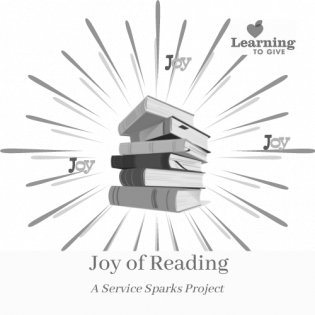Students will distinguish the nonprofit sector from the for-profit sector.
Filter by subjects:
Filter by grades:
Filter by audience:
Filter by issue area:
Filter by content type:
Filter by resource type:
resource search
Learners discover how celebrities demonstrate their caring by giving their time, talent and treasure and taking action for specific causes. It gives the learners an opportunity to begin to think of what they care about.
The children visit a local preschool or retirement facility of their choosing to read aloud a book they wrote and illustrated about generous giving. They share a drumming experience and give the drums and books as gifts.
The Free Breakfast for Children Program of the 1960s exemplified mutual aid and differed from traditional charity while still being a form of philanthropy. We discover and learn how the people of a community most affected by issues, including young people, are sometimes the most able to...
In response to reading The Lorax, participants identify what trees give to us and all sectors of society. In response, we identify our personal responsibility for caring for trees.
Ignite meaningful action that lights up the world through "Service Sparks" youth projects! Read aloud to someone from literature that inspires and promotes conversation. The act of reading to someone younger is gift enough - it gives attention, joy, and caring - but we add to the service when the book encourages us to talk about important ideas that build community.
Youth Activity: Participants will know the definition of philanthropy, and be able to recognize philanthropic traits and actions. See the handout for supplemental faith-based discussion questions.
“Say it again! Say it loud! Philanthropy makes me proud!” ~ Janet...
Discussion of the book The Three Questions guides youth to be aware of people and needs around them and the importance of service as a response to the needs of others.
Author: Urban EdVenture Faculty at Westminster
Explore the meaning of philanthropy through a Native American legend.
This lesson introduces the "Living History Project." We begin with sensitivity training, as a pre-service reflection and to help volunteers understand possible needs, disabilities, and attitudes of people with whom they will be working. The training leads children to understand...
